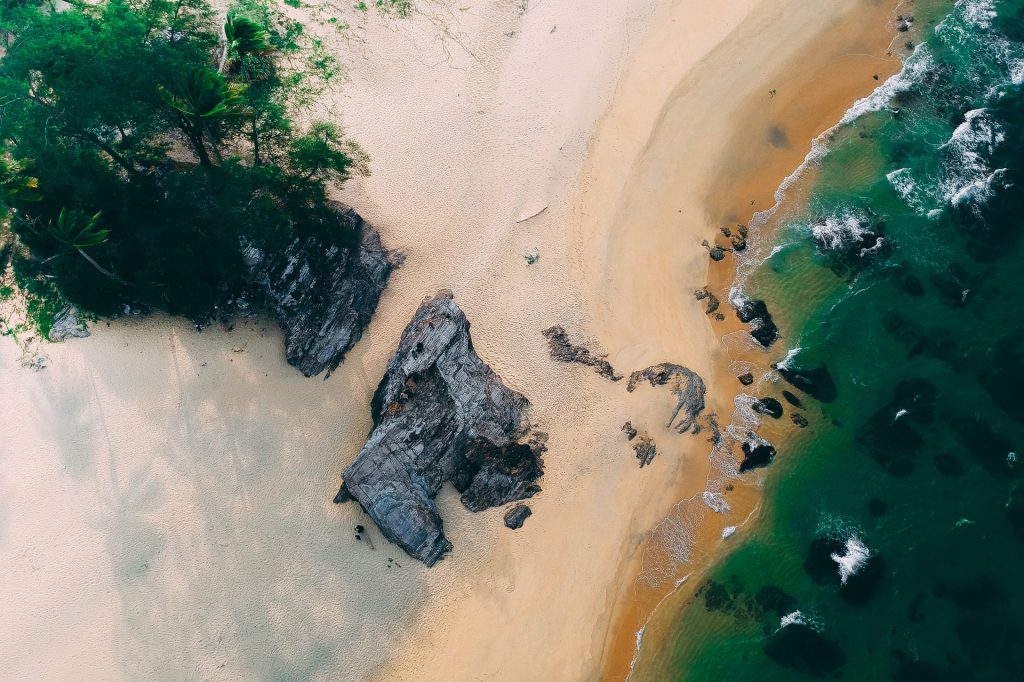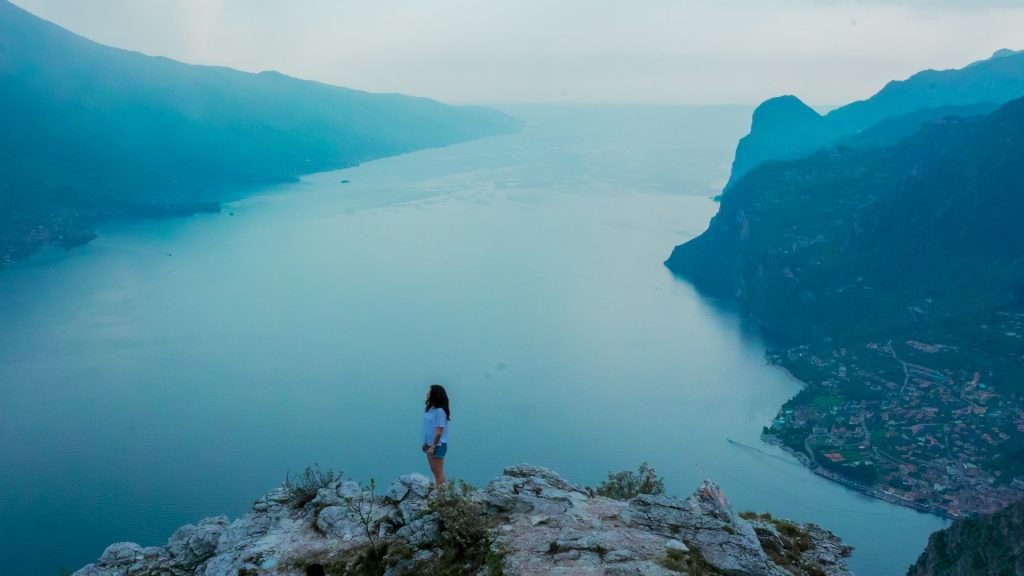When people think of Tuscany, itâs the towns of Florence and Pisa that come to mind, yet this small island, just 28km long and 19km wide, with perfectly preserved medieval villages nestling in rolling hills above the sea, is like a mini version of the region with the added bonus of sandy beaches.
Napoleon in Elba
250th anniversary of Napoleonâs birth and he spent one of those years in exile on the island of Elba. He escaped at the first opportunity but he certainly left his mark.
Thereâs Napoleon, a Napoleon fountain, a Napoleon seat, a Napoleon staircase and you can visit the villas where he spent his time. 19th century English tourists were the first to visit but thereâs far more to the island than the relics of a dead Emperor.

Ferry to Portoferraio
Itâs around an hour by ferry from the port of Piombino in the south of Tuscany to the attractive capital of Portoferraio. It was founded by Cosimo deâ Medici who built the impressive fortress which towers above port. He was only here for the money, specifically the rich seams of iron ore, which have been exploited since Etruscan times and are the oldest mines in the world.
In the summer the island gets crowded by beach lovers but in late April, when the spring flowers are out the island is perfect for exploring both on foot and by bike. I get one of the latest e-bikes with big tyres and set out from the attractive town of Capoliveri to explore the east of the island.Â
The huge open caste Vallone mine scars the landscape and thereâs a museum which also offers guided tours inside the underground galleries. Mining ended in the early and nature is now taking over. The railway tracks have been taken up and they make convenient bike trails, skirting the cliffs by the sea. Nuggets of iron pyrites, âFoolâs Goldâ, glint in the sunlight as I pass rusting equipment and the huge stepped hillside where the ore was dug.

The town of Rio Marina
To the north, the town of Rio Marina overlooks the Strait of Piombino, facing the Tuscan coast. For thousands of years, its economy was based entirely on the mining and shipping of iron ore. The harbour, dominated by the Appiani or Clock Tower, shelters the town beach, the iron oxide leaching through the sand in contrasting colours.
In the centre of the island is Monte Capanne, at 1019m the highest point. A unique cable car, basically just an exposed basket which takes two people standing up, climbs slowly to the peak. There are fantastic views over the entire island although itâs cold and windy when I get to the top.
I hike down, skirting the village of Poggio, before passing the Madonna del Monte Church and its hermitage. Napoleon used it for a secret liaison with his Polish mistress Maria Walewska in the summer, before the locals found out and he had to send her away.
Village of Marciana
Further on, the track ends in the village of Marciana, dominated by the twelfth-century Fortezza Pisano and once home to the islandâs mint and foundry. The steep streets are too narrow for cars and a network of stone stairs lead through arches and belvederes, the houses attractively decorated with flowers and climbing plants. I stop for a glass of chestnut just outside the main gate.
